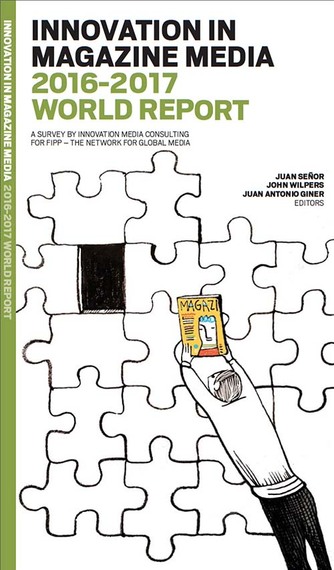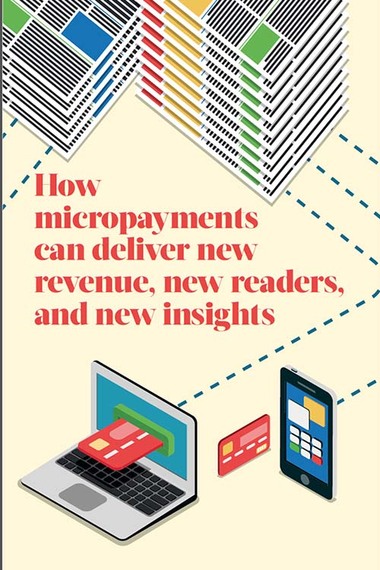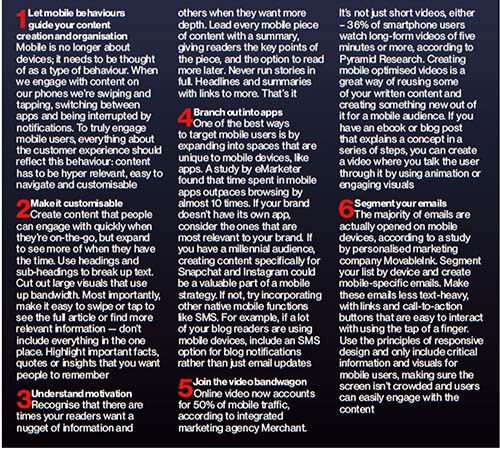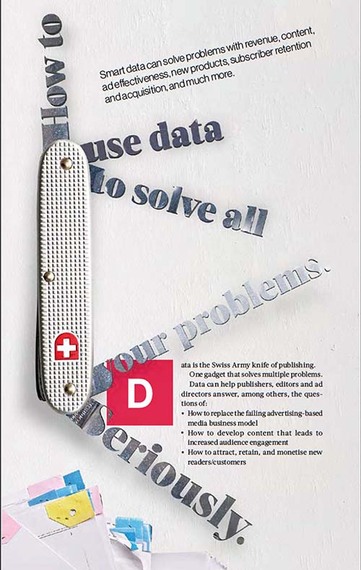Magazines are alive and well but must keep morphing, in tune with innovations and disruptions, and amid a swirl of financial uncertainty in much of the media ecosystem.
The biggest obstacle to change?
Culture, according to Chris Llewellyn, president and CEO of FIPP, the network for global media, in the introduction to Innovation in Magazine Media 2016-2017 World Report.
"Give your boss this story: Innovation starts with the leader," is the forceful message in the report's chapter on the need to change magazines' culture. "Without leadership, training, and rewards, innovation will not happen."
Translation: a need for leaders who create cultures conducive to creativity and risk-taking.
Hence, a CEO's 10-step list to create an innovation-friendly culture:
Announce a commitment to innovation in an all-staff meeting; invite managers and staff to participate in an innovation-friendly organization; create cross-discipline task forces to tackle organizational, workflow, technology, training, etc., challenges and changes; determine training needs across all departments, identify skill/knowledge champions, send them for training, have them train the rest of the staff; report progress regularly; change job descriptions to reflect changes (the task of one of the task forces); decide what work does NOT need to be done anymore to free up time for innovation; create a budget and process for rewarding innovative thinking and projects; change meeting agendas to focus on innovative thinking and project planning; and, either create a Twitter account or blog or other digital communication system, or start using your existing account more regularly to demonstrate your personal commitment to innovation.
But it's not just that. Publishers have to deal with a pervasive problem: ad blocking.
Readers annoyed by intrusive banner, animated and auto-play ads barging into their reading/viewing experience have been resorting to all manner of apps and solutions to ban pushy publicity.
The report attributed the trend to media having given much of the content away for free for too long, and then, in a desperate game of catch-up, expecting readers to pay for it through paywalls and subscriptions.
On the flip side, effective micropayments can deliver new revenue, new readers, and new insights, the report said.
"As we speak, hundreds of thousands of Dutch and German readers are using micropayments to purchase individual newspaper and magazine stories, and more do so every day (an estimated 5,000 new micropayment users a month)," it added.
The report said micropayment operation Blendle in the Netherlands had started with 130,000 users in 2014 and grown to a current 550,00 in Holland and Germany.
Blendle launched a beta version in the United States in 2016.
The report noted that a micropayment system for digital stories could also drive print sales.
Needless to say, content has to be more than attractive, given the deadly competition on just about every platform and medium. Which invariably brings up the importance of video, particularly the mobile variety.
But that comes with the proviso that "mobile-only," not just "mobile-first" or "digital-first," is leading the way, and that consumers will no longer tolerate mobile-unfriendly experiences.
The report's recommendations: Let mobile behaviors guide your content creation and organization; make it customizable; understand innovation; branch out into apps; join the video bandwagon; and, segment your emails.
A meaty chapter on the production of efficient, effective and profitable video is an invaluable how-to segment that cautions publishers such an endeavor may not be cheap.
It advises them to adopt the vertical approach, rather than the more traditional horizontal one, for placing their content.
The trick in making mobile video is to: Hook users in the first two to three seconds, use quick cuts and close-ups, use oversized text, call to action, and make sound secondary.
The report's authors likened data, a key element of media operations, to the Swiss Army knife of publishing, helping to solve multiple problems on the editorial and business sides.
"Beyond content and advertising, data enables publishers to launch new products and services based on insights into proven consumer behavior, offer clients better marketing options, and move qualified audiences toward revenue-producing products and services with greater efficiency and less audience fatigue," they explained.
The report, a survey by Innovation Media Consulting, also examined spotting and profiting from trends, like virtual reality (VR) and niche publishing.
It asked whether there is (or will be) a large enough user base for each trend, if it can be monetized, and what the costs of production might be.
Innovation in Magazine Media also illustrated how magazines continue to inspire, entertain, provoke and surprise with gimmicks such as a cover with an HD video and soundtrack.
It's a must-read for anyone involved, and interested, in the industry.






